
6 Warning Signs in Your Legs That Could Indicate a Serious Disease — Don’t Ignore Them
Not everyone knows this information, but your legs can reveal a lot about your overall health. They carry you through life every single day, and yet, many people overlook subtle changes in their legs that may actually signal serious underlying conditions. From circulation problems to heart disease and even diabetes, your legs can be the first place your body shows warning signs. Here are six leg symptoms you should never ignore — and what they could mean for your health.
1. Swelling in the Ankles or Feet
Occasional swelling after a long day is normal, but if your ankles or feet are constantly puffy or swollen, it could be a sign of heart failure, kidney disease, or poor circulation. When your heart isn’t pumping blood efficiently, fluid can accumulate in the lower limbs due to gravity. Persistent swelling should be checked by a doctor — especially if it’s accompanied by shortness of breath or fatigue.
2. Cold Feet and Toes
If your feet often feel unusually cold, even in warm weather, it may signal poor blood flow caused by peripheral artery disease (PAD). This condition happens when arteries become narrowed by fatty deposits, reducing blood circulation to the limbs. Cold feet can also indicate thyroid problems, diabetes, or nerve damage. Don’t ignore this sign — improving circulation early can prevent serious complications later.
3. Numbness or Tingling Sensation
A “pins and needles” feeling in your legs or feet may seem harmless, but when it happens frequently, it could be a warning sign of nerve damage — often linked to diabetes or vitamin B12 deficiency. If left untreated, this numbness can lead to loss of sensation, making it easier to injure yourself without noticing. Persistent tingling or burning sensations should always be evaluated by a healthcare provider.
4. Leg Cramps or Pain When Walking
Leg pain that occurs during walking and disappears with rest — known as intermittent claudication — is a classic symptom of blocked arteries. This condition limits blood flow to the muscles, making it difficult for oxygen to reach them during physical activity. Over time, it can lead to severe arterial disease, increasing the risk of heart attack or stroke. If you experience leg cramps regularly, especially in your calves, it’s time to get a vascular check-up.
5. Skin Discoloration or Slow-Healing Wounds
Changes in skin color — such as dark patches, shiny skin, or redness — may indicate venous insufficiency or infection. If wounds or ulcers on your legs or feet take a long time to heal, this is especially concerning. Poor circulation or diabetes can prevent proper healing, increasing the risk of infection or even amputation in severe cases. Always seek medical attention for any wound that doesn’t improve within two weeks.
6. Varicose Veins and Persistent Itching
Bulging, twisted veins that appear blue or purple are known as varicose veins. While they often start as a cosmetic issue, they can progress to pain, heaviness, and even ulcers if left untreated. Persistent itching around these veins or the ankles may signal venous disease, where blood pools in the legs instead of flowing properly back to the heart. Compression therapy and lifestyle changes can help, but medical evaluation is essential to rule out deeper vein problems.
Final Thoughts: Don’t Ignore What Your Legs Are Telling You
Your legs are not just for movement — they are powerful messengers of your body’s internal health. Ignoring symptoms such as swelling, pain, or numbness can allow serious diseases to progress silently. Early diagnosis and lifestyle adjustments can make a huge difference, preventing complications like heart disease, stroke, or nerve damage.
If you notice any of these six warning signs, don’t wait — schedule a check-up as soon as possible. Listening to your legs today could save your life tomorrow.
News in the same category


Hidden Dangers on Your Plate: 4 “Clean” Foods That Can Secretly Harm Your Health
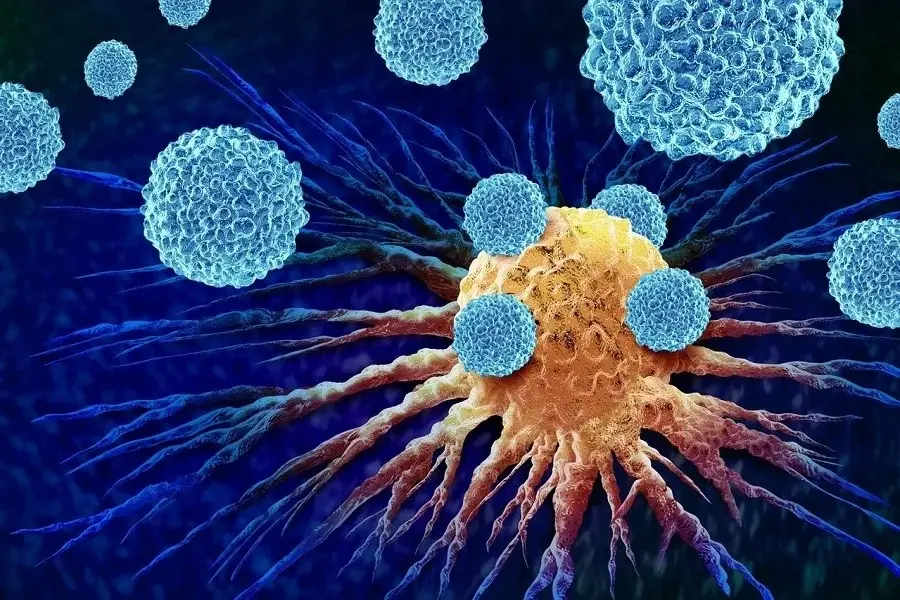
4 Unusual Signs in Your Neck That Could Be Symptoms of Cancer — Don’t Ignore Them

3 Nighttime Signs That May Indicate Cancer

Heal Your Thyroid Naturally in Just 3 Days!
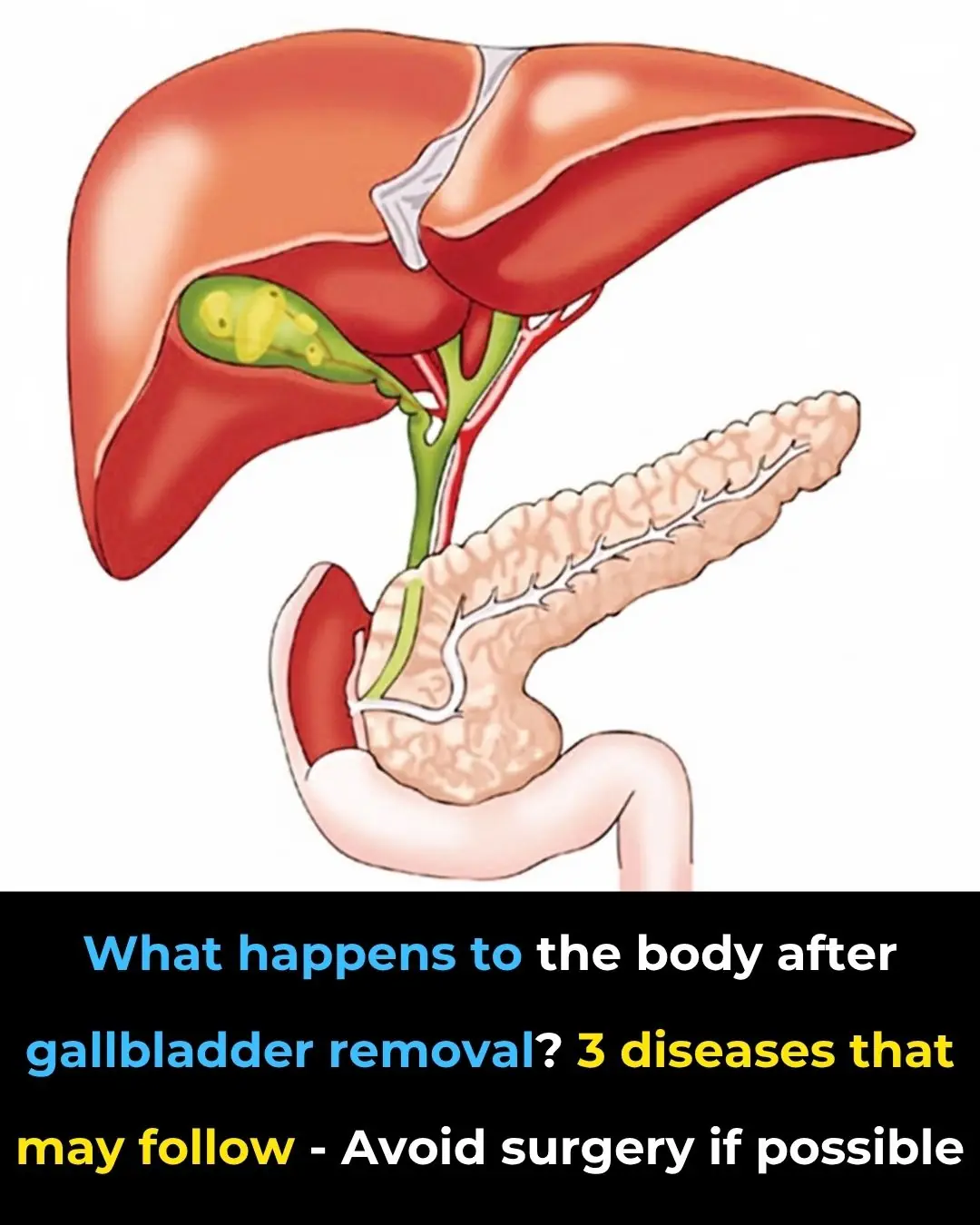
Side Effects and Dietary Recommendations Post Gallbladder Surgery
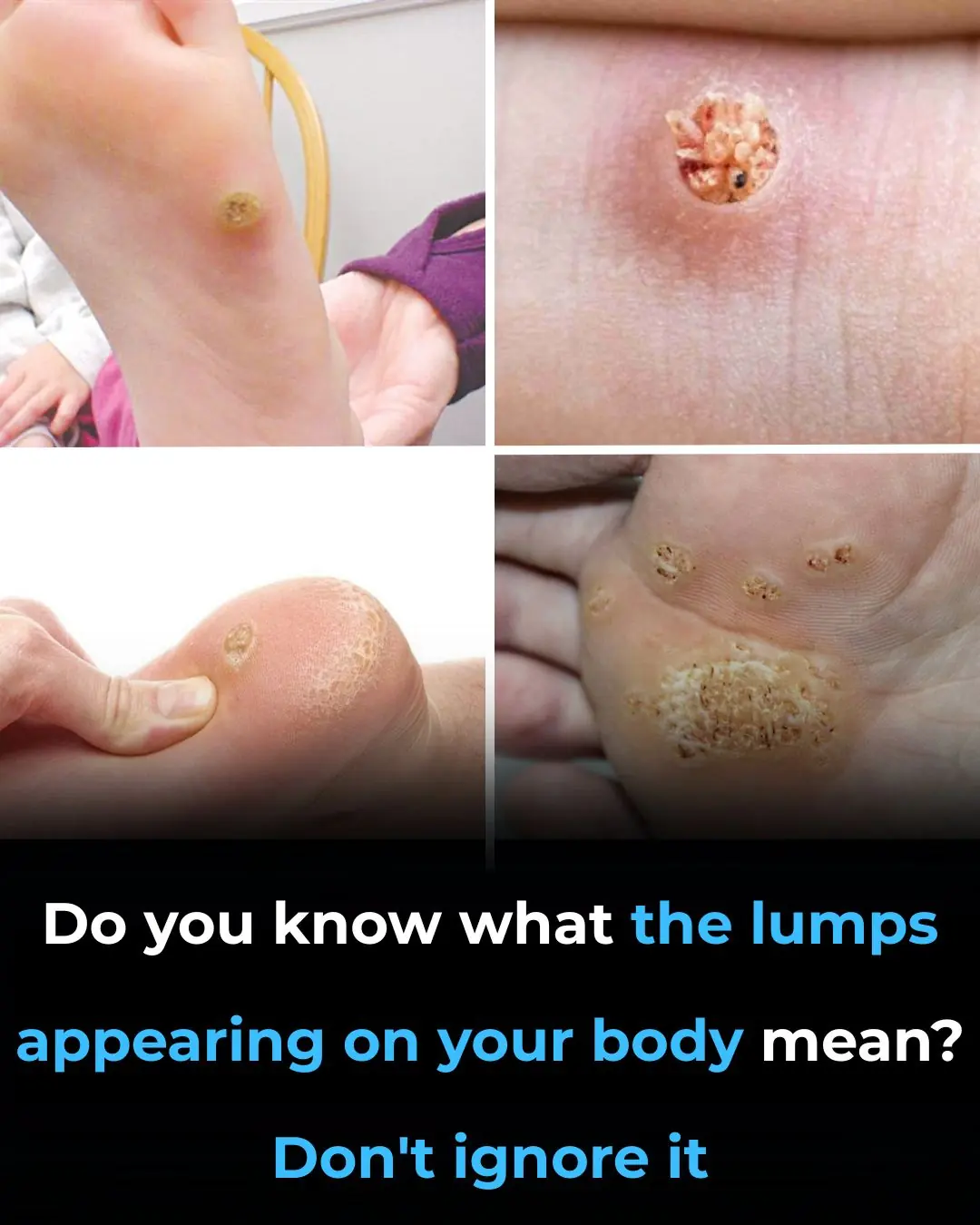
Be Very Careful: If You Notice This Growth on Your Skin, It Could Be Something Serious

Why Do We Stick One Leg Out of the Covers at Night

Garlic and Rosemary: A Natural Remedy for Joint Pain in Knees, Hips, and Hands

1 Powerful Mineral to Stop Sciatica & Relieve Nerve Pain

Top 10 Foods to Improve Circulation in Legs and Feet
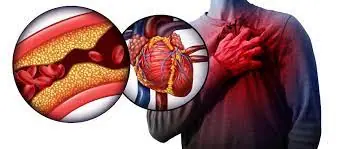
6 Warning Signs of a Clogged Artery Most People Ignore (Cardiologist Alert)
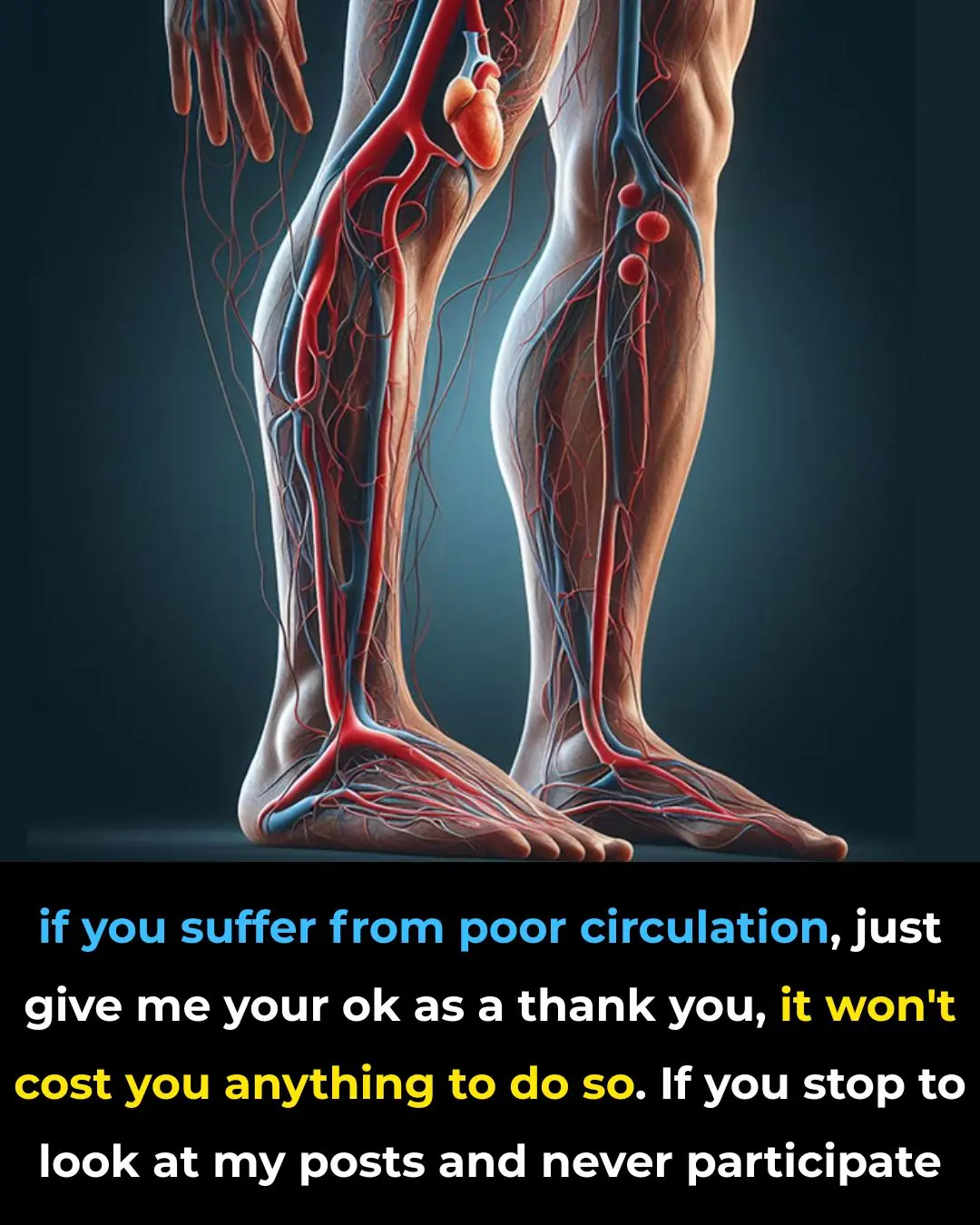
🦵 If You Suffer from Poor Circulation and Your Legs Feel Heavy, Swollen, or Cold — Here’s What Can Help

Should You Sleep With Socks On

Discover The Power of This Miracle Fruit
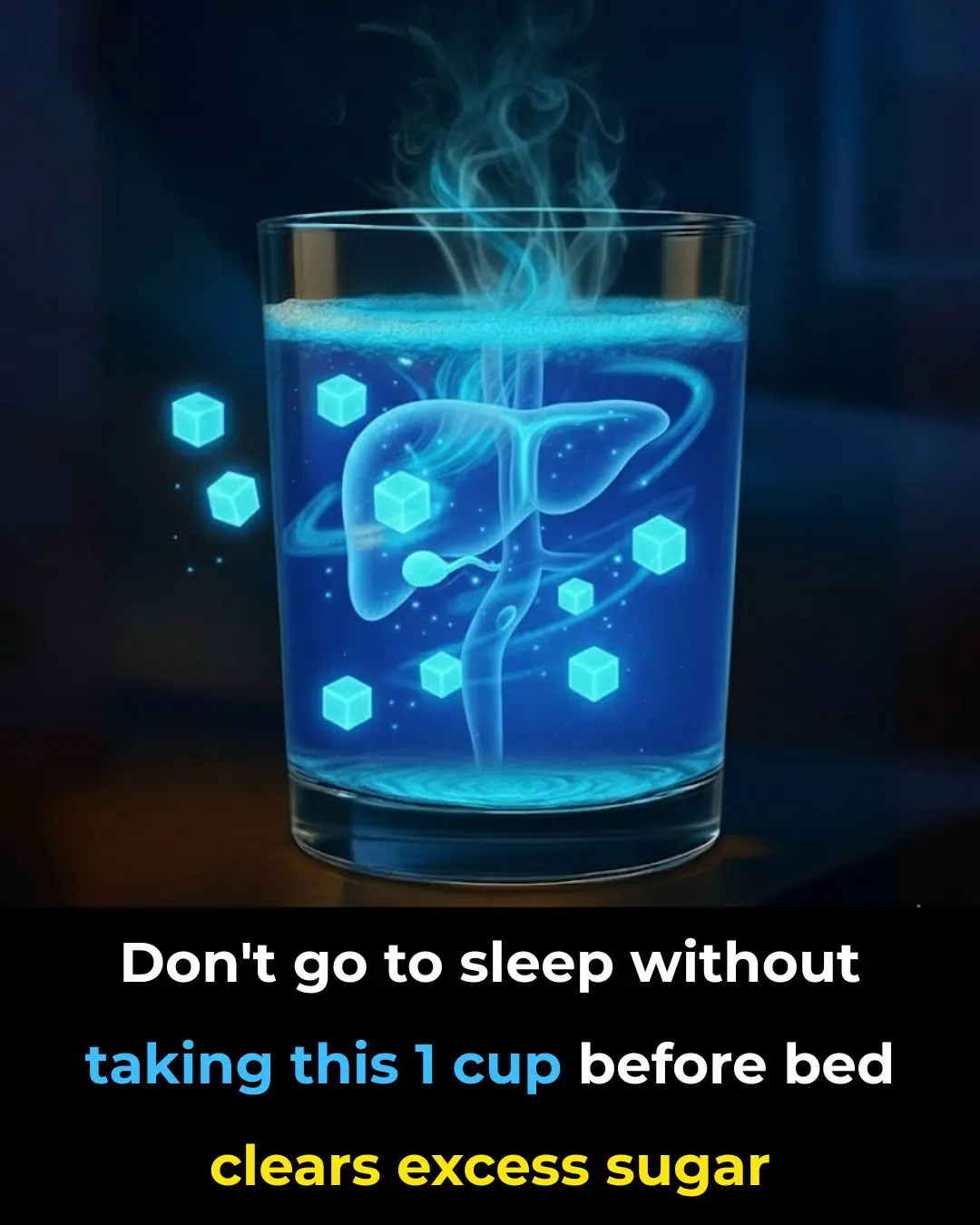
Don’t go to sleep without taking this — 1 cup before bed clears excess sugar

The Real Reason To Drink Lemon Water Revealed
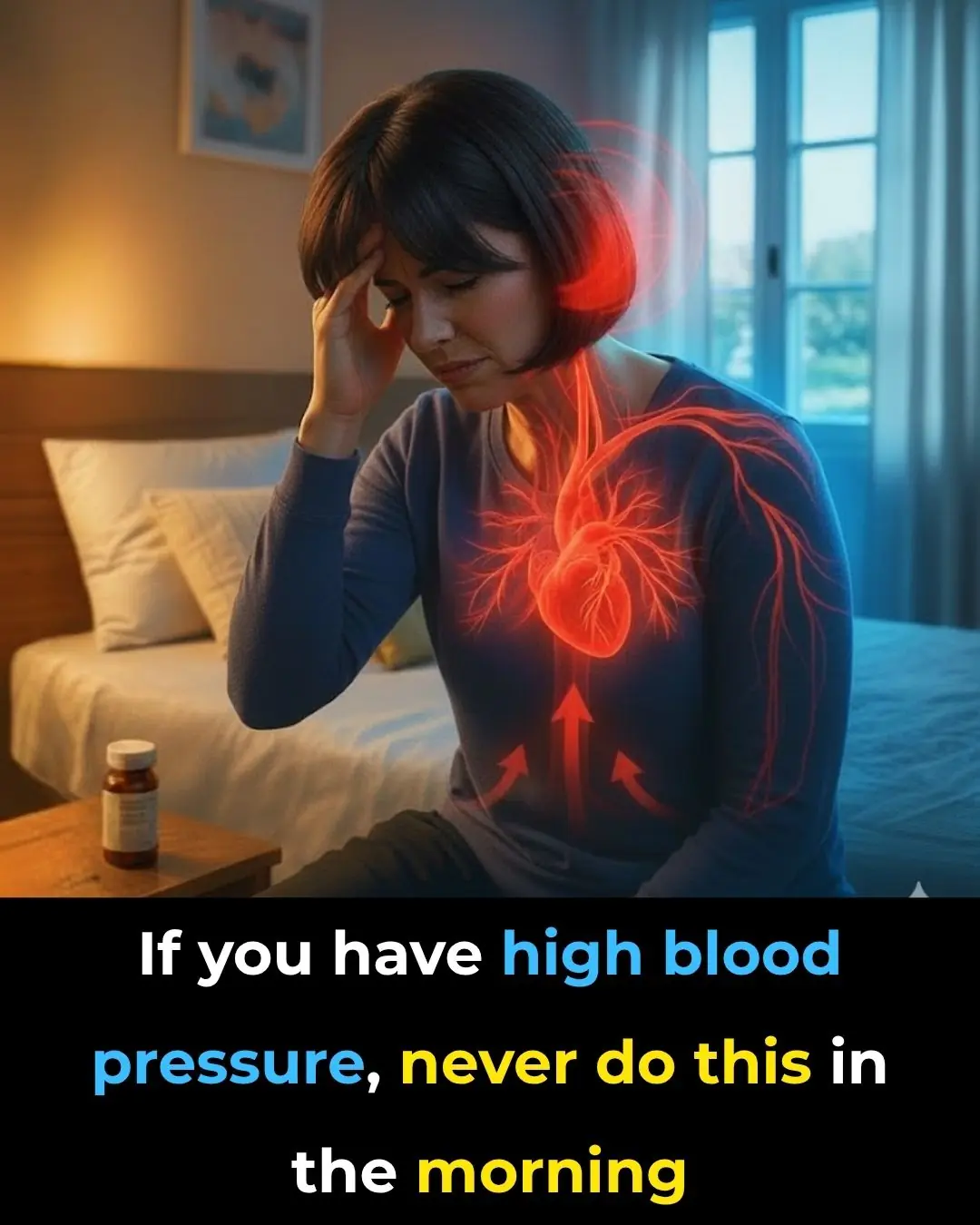
If you have high blood pressure, NEVER do this in the morning
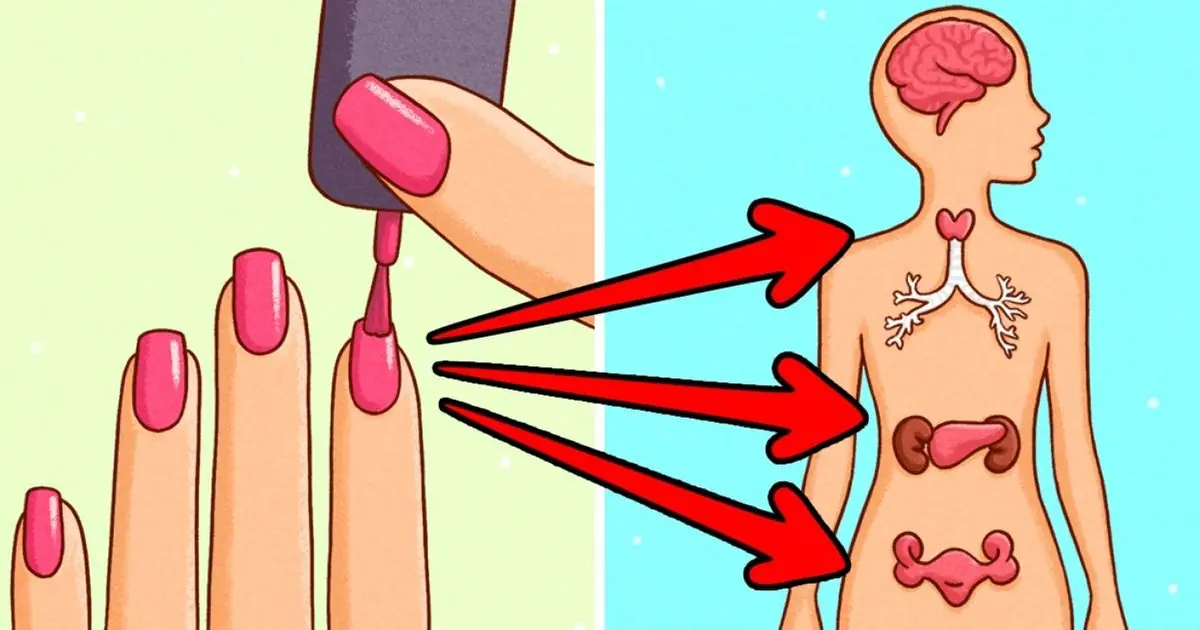
This Is What Happens to Your Body 10 Hours After Putting on Nail Polish
News Post

A Hug That Heals: Rescuing a Traumatized Child

Compassion on the Menu: Argentinian Restaurant Gives Stray Dogs a Place to Belong

Stranded on the Highway — and Then 9 Strangers Changed Everything.

A Long Push, A Quiet Kindness.

Top 3 Natural Remedies for Tooth Decay Using Guava Leaves

Life Skills in Action: How a 14-Year-Old Saved the Day on a Family Road Trip
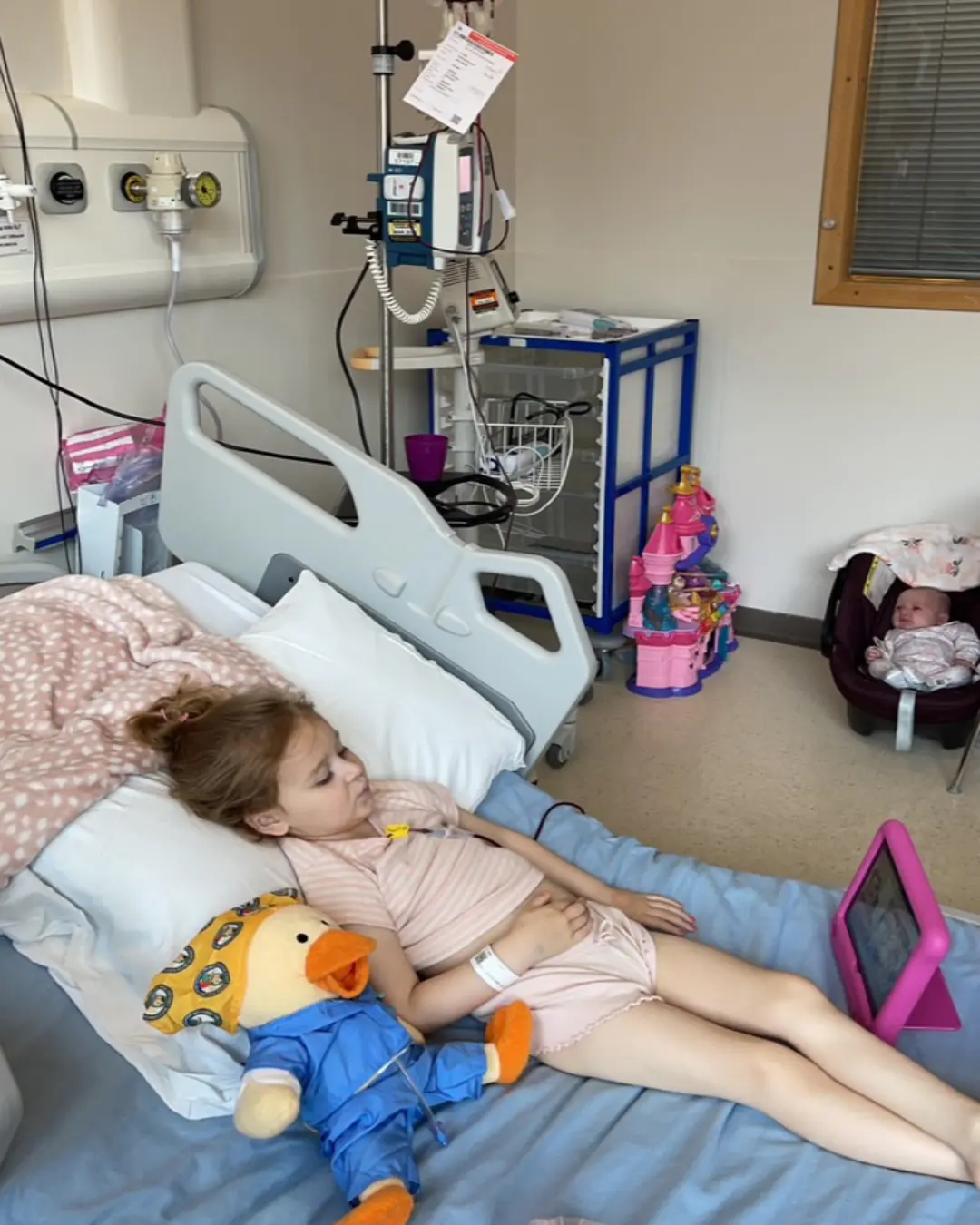
The Gift of Life: How Blood Donations Save Children Fighting Cancer

The Secret to Perfectly Sweet and Fluffy Boiled Sweet Potatoes: Add Just One Spoon of This!

Surviving the ICU: Carter’s Story of Strength and Grace

A Night to Remember: 19-Year-Old Austin Takes His 89-Year-Old Great-Grandma to Prom

How to Store Fresh Ginger for Up to a Year — No Fridge Needed!

Our Oldest Rescue, Tiger, Crosses the Rainbow Bridge: A Legacy of Love and Hope

Halo’s Second Chance — A Promise of Forever

Why should you put your suitcase in the bathroom when checking into a hotel: Extremely important reason, those who don't know are at a disadvantage

The washing machine accumulates a lot of dirt and bacteria: Pour 1 bowl of this into the washing drum to clean like new, clothes smell fresh right away

Put the phone down on the table, why you should put the screen face down: Know the reason no one wants to do the opposite

Comfrey Fertilizer: The Secret Natural Booster Your Garden Needs

Crush a handful of these leaves and put them in the room, all the mosquitoes will fly away, so you can sleep with peace of mind

Don’t Just Put Shrimp Straight into the Fridge! Do This Extra Step and Keep Shrimp Fresh and Delicious for Up to a Month Without Losing Flavor
